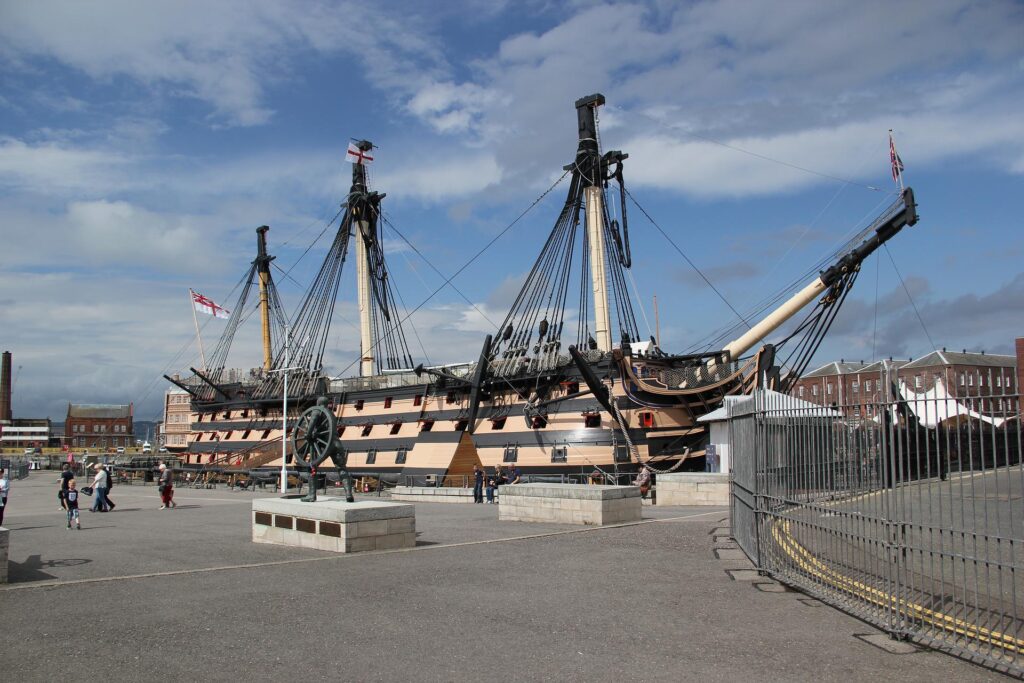HMS Victory was a Royal Navy Ship that was launched back in 1737. It was a warship that defended the waters of the English channels but unfortunately, after seven years it was wrecked into pieces that took the lives of 1,100 sailors.
A few years ago, the remains of the wreck of HMS Victory were discovered southeast of Plymouth it has been studied by archeologists in order to dig information about its cause of the sinking.
HMS was a 100-gun ship that was led by Admiral Sir John Balchen in order to free the British Convoy trapped by the French blockade of the river Tragus in Portugal. On her way home, Victory got separated from the fleet and sank in 1744.
Historians and archeologists have been trying to answer for years, why did HMS Victory sink? In this article, we will be discussing those factors which resulted in this disaster. So, let’s dive in!
Reasons behind the sinking of HMS Victory
The reasons will be discussed one by one that caused the damage of this huge warship.
Substandard Building Material
It has been studied that the substandard building material might be one of the causes which led to the sinking of the Victory. It was built with unseasoned timber which was not treated according to the guidelines. The timber got rotten over time. In order to confirm it archeologists and historians have done experiments, which proved that unseasoned timber can sink a ship.
During those times timber was not available in abundance to cope with the demand for making ships. The Anglo-Dutch war and the Great Fire of London resulted in the loss of quality timber as most of the trees were burnt in the fire. Eventually, bad decisions were made in order to meet the demand for building vessels, and the wood used was obviously not of a good standard.
Flaws in the Design
Another theory suggested that there were flaws in the design of the Victory. The length and its height were not in good proportion. In addition, a poorly designed vessel led to an inadequate flow of air circulation which resulted in the rotting of timber that was used in this warship.
The Stormy Weather
Continuous sailing of the Victory and its poor maintenance made it vulnerable to the stormy weather. The water kept entering the poorly designed vessel from rotten areas of the ship and it was becoming weak in its foundation.
The archeological evidence suggests that the cannons were loaded on one side which built pressure on that side of the boat. As the boat lost its balance, it got filled with water and sank.
Historians believe that stormy weather remains the main culprit for making the vessel to sink. The high waves broke the whole ship within minutes claiming many lives as it could not withstand the pressure of high tides.
All these factors were the reasons for causing HMS Victory to sink.
In 2009, Florida-based Odyssey Marine Exploration announced the discovery of the Victory. The wreck belonged to the Ministry of Defense until its ownership was given to the Maritime Heritage Foundation. The heritage foundation ensures that this huge warship is preserved for the coming generations.
Final Thoughts
We can conclude that the vessels made from unseasoned timber, having poor design and maintenance can result in the destruction of huge warships. These huge ships though seem mighty to us cannot fight the mighty ocean if not built according to the given guidelines.

